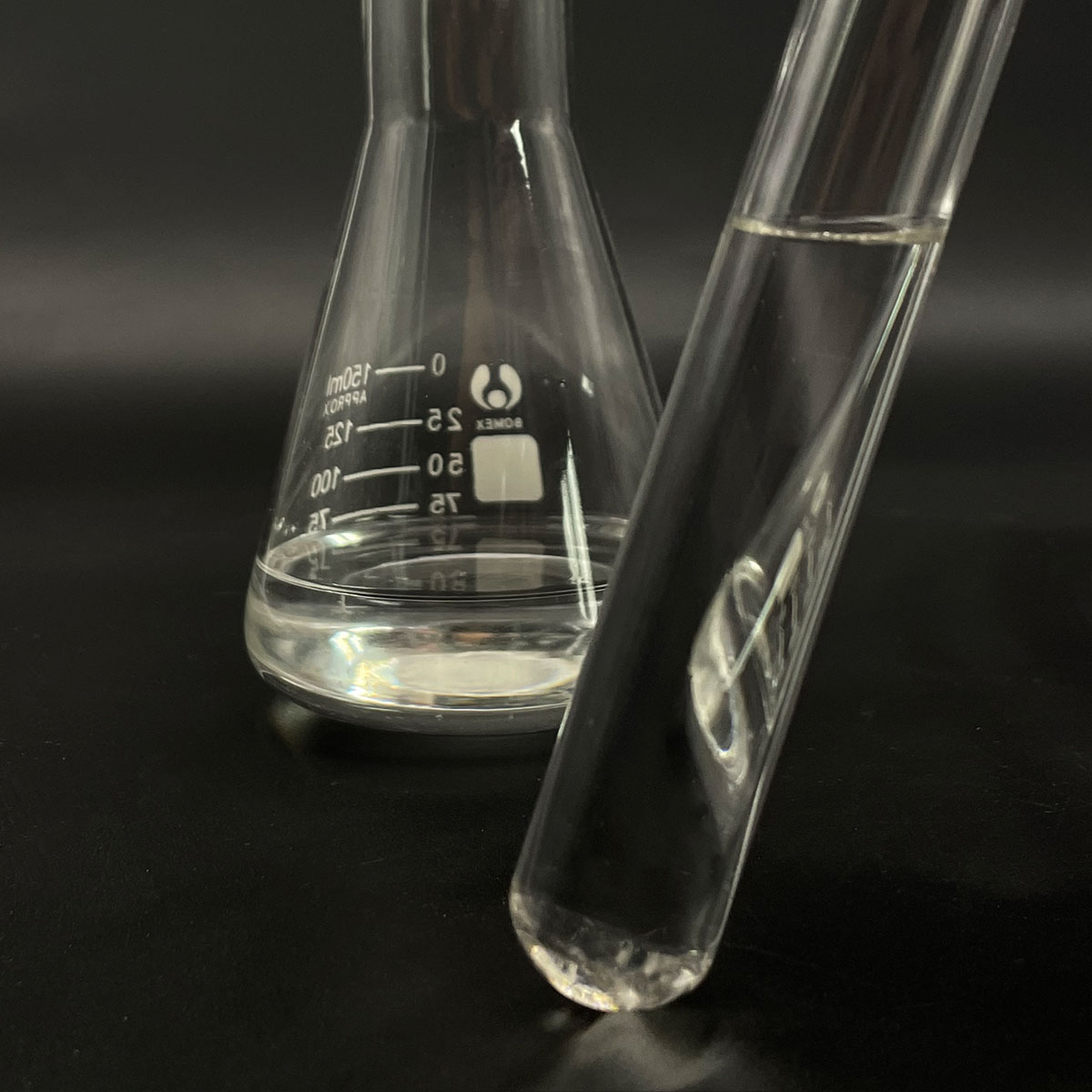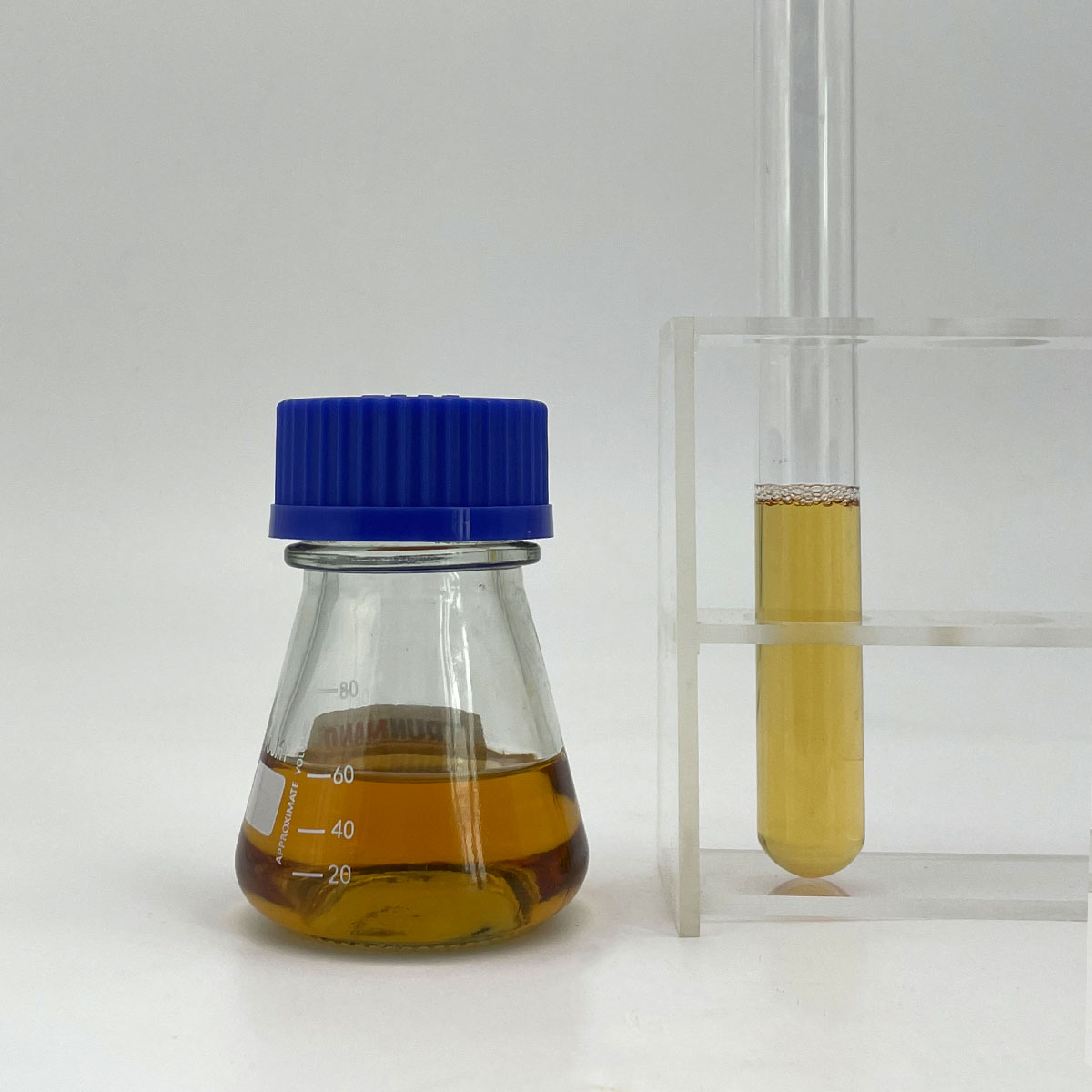**The Lung’s Secret Superhero: Why Pulmonary Surfactant Matters**
(What Is The Purpose Of Pulmonary Surfactant)
Imagine blowing up a balloon. The first breath is always the hardest. Now picture millions of tiny balloons inside your lungs, inflating and deflating nonstop. Without a special helper, this would be exhausting. That’s where pulmonary surfactant steps in. This slippery substance is the unsung hero keeping your lungs working smoothly.
Pulmonary surfactant coats the inside of your lungs’ air sacs, called alveoli. These sacs are where oxygen enters your blood and carbon dioxide exits. The problem? Water molecules lining these sacs love to stick together. This creates surface tension, like a shrink-wrap effect. High surface tension makes the sacs collapse after each exhale. Re-inflating them would demand huge effort. Breathing would feel like sucking a thick milkshake through a straw.
This is why surfactant matters. It breaks up the water molecules’ sticky party. Think of it like adding dish soap to water. Soap reduces surface tension, letting bubbles form easily. Surfactant does the same for your alveoli. By lowering surface tension, it keeps the air sacs open with less work. Your breathing stays effortless, even when you’re asleep or relaxed.
Babies need surfactant the moment they’re born. Before birth, their lungs are filled with fluid. During the first cry, the lungs inflate, and surfactant kicks in. Without enough of it, premature babies struggle. Their alveoli collapse, forcing them to fight for every breath. This condition, called respiratory distress syndrome, shows just how vital surfactant is. Modern medicine helps by giving synthetic surfactant to preemies, mimicking nature’s design.
Surfactant isn’t just about mechanics. It also defends the lungs. Germs and particles sneak in with every breath. Surfactant traps these invaders, letting immune cells destroy them. It’s like a bouncer at a club, keeping troublemakers out. Plus, it stops the lungs from drying out. Without this moisture control, the delicate tissues would get damaged, leading to inflammation or infection.
Making surfactant is a team effort. Special cells in the alveoli, called type II pneumocytes, produce and store it. These cells pack surfactant into tiny structures that look like layers of an onion. When the lungs stretch during breathing, these structures release surfactant like confetti. The body constantly replenishes it, ensuring there’s always enough to go around.
Surfactant even plays a role in diseases. In adults, lung injuries from infections or pollution can disrupt surfactant production. This makes breathing harder and recovery slower. Researchers study surfactant replacements not just for babies but for adults with lung damage. It’s a reminder of how one tiny molecule can have a huge impact.
(What Is The Purpose Of Pulmonary Surfactant)
The next time you take a deep breath, thank pulmonary surfactant. It works behind the scenes, making sure your lungs stay bouncy, clean, and efficient. From your first cry to your last sigh, this unsung hero keeps you breathing easy—no cape required.
Inquiry us
if you want to want to know more, please feel free to contact us. (nanotrun@yahoo.com)




